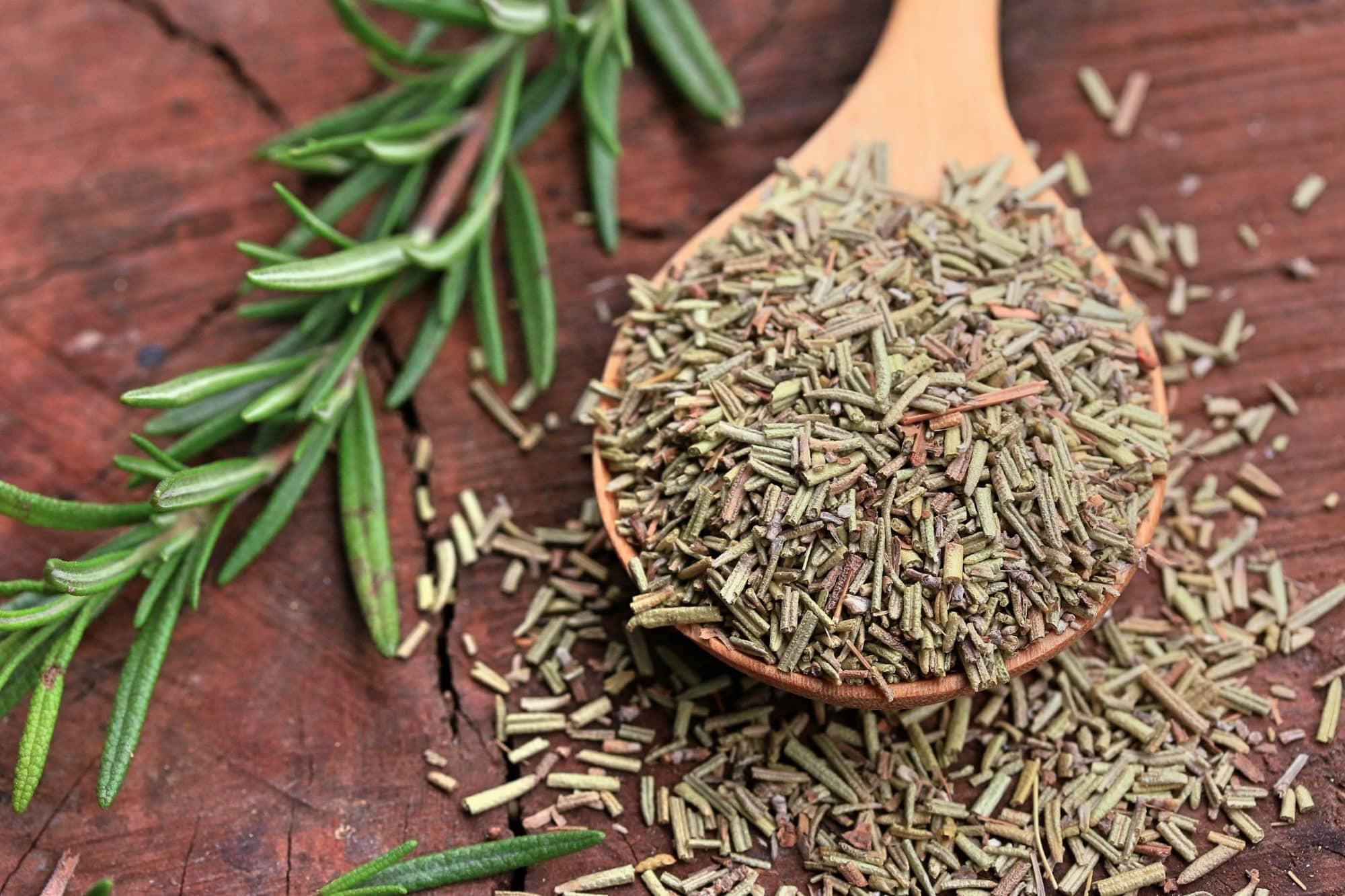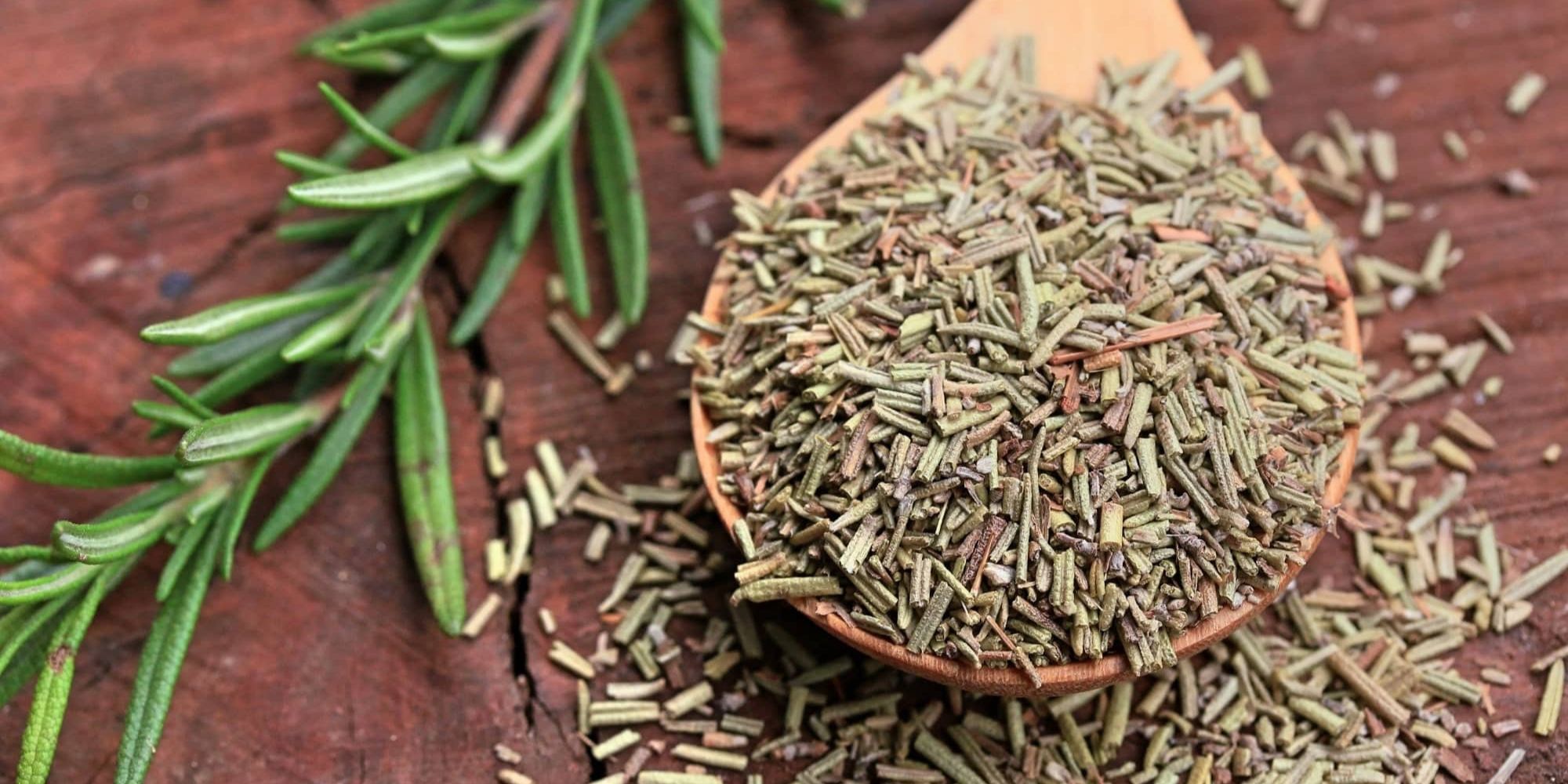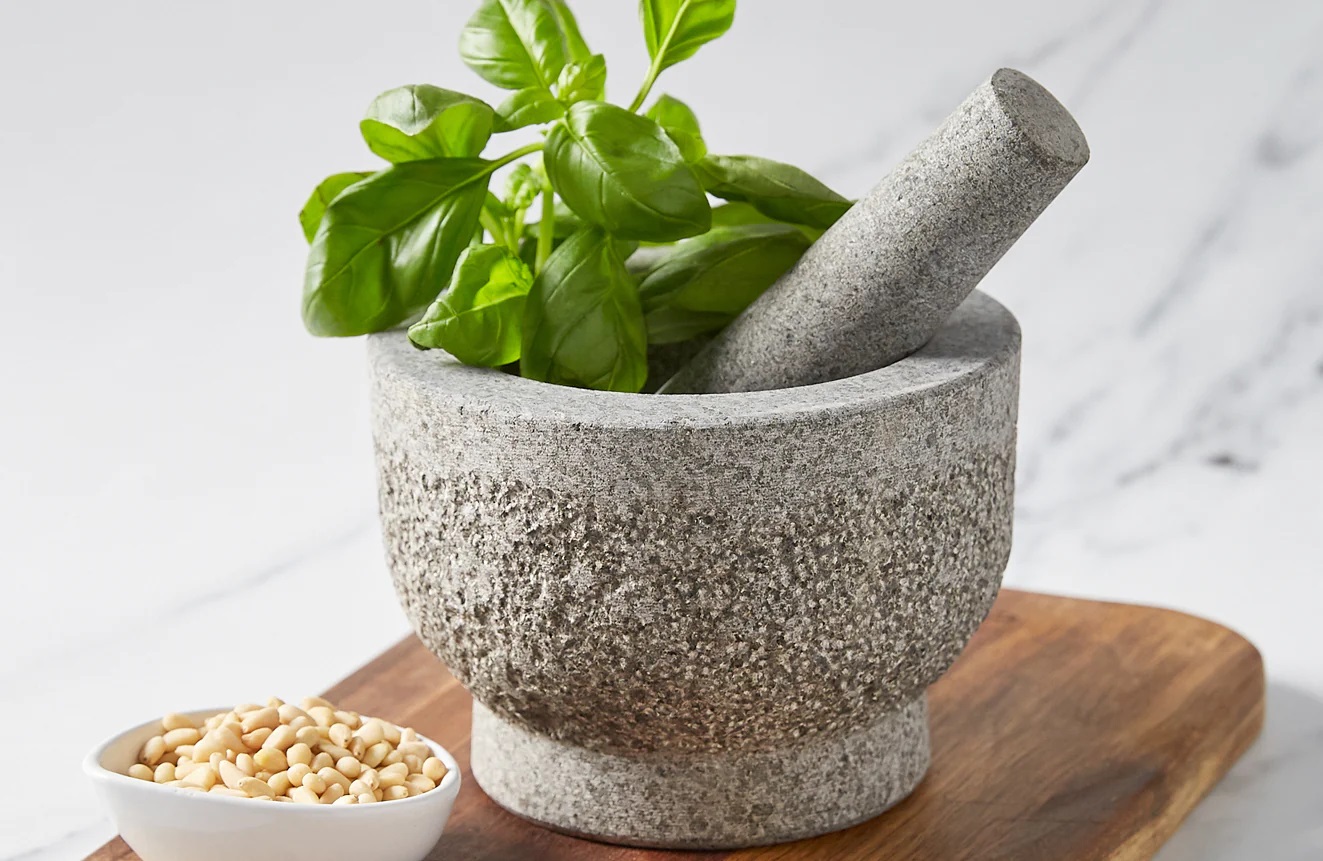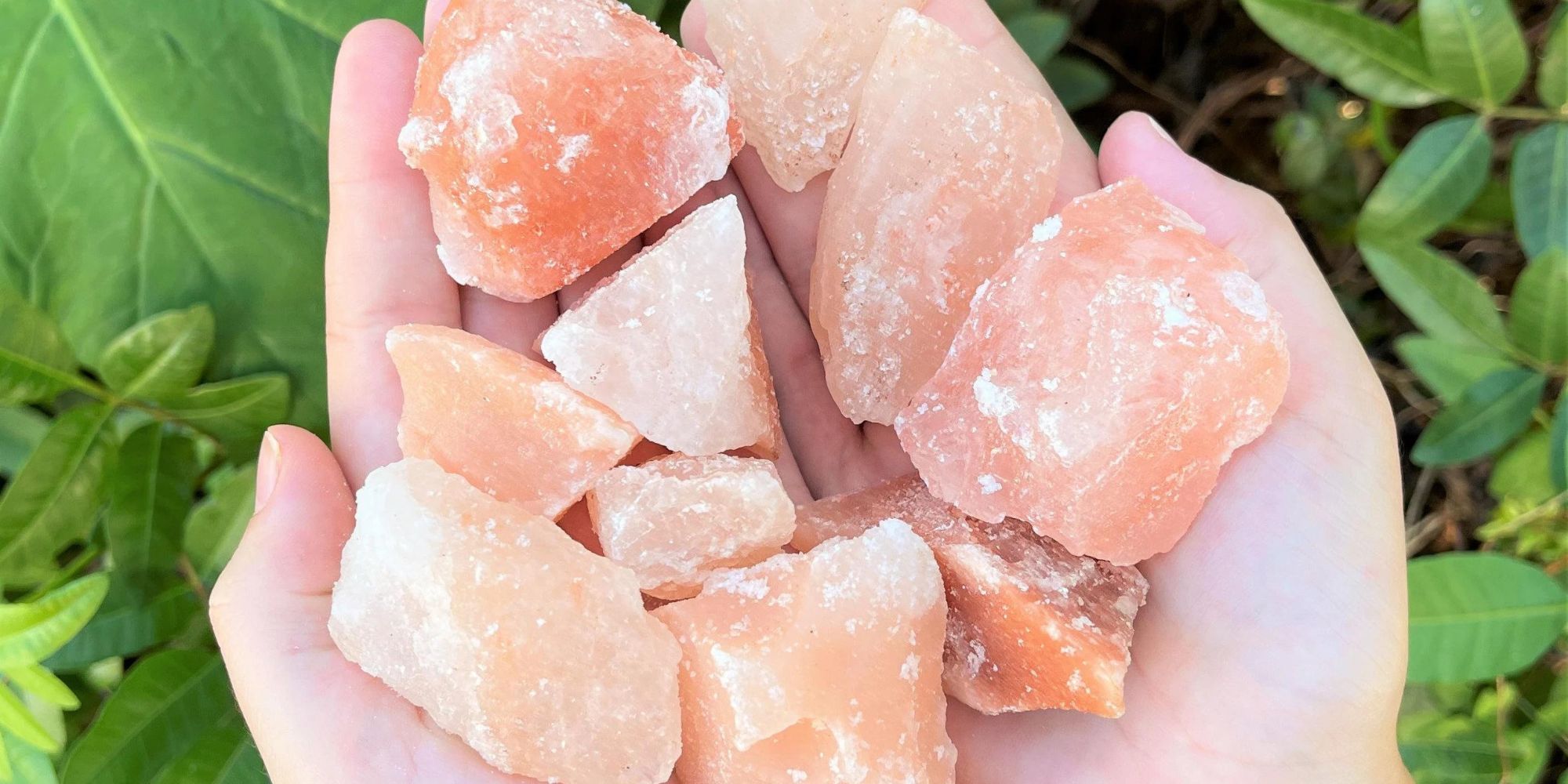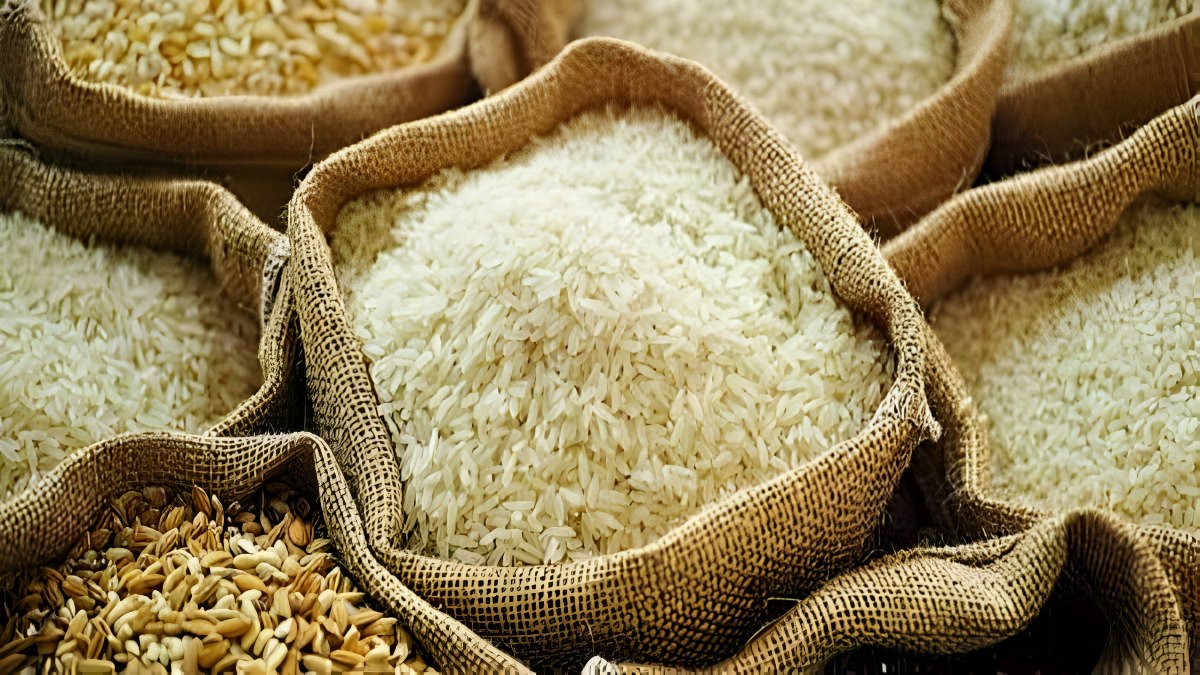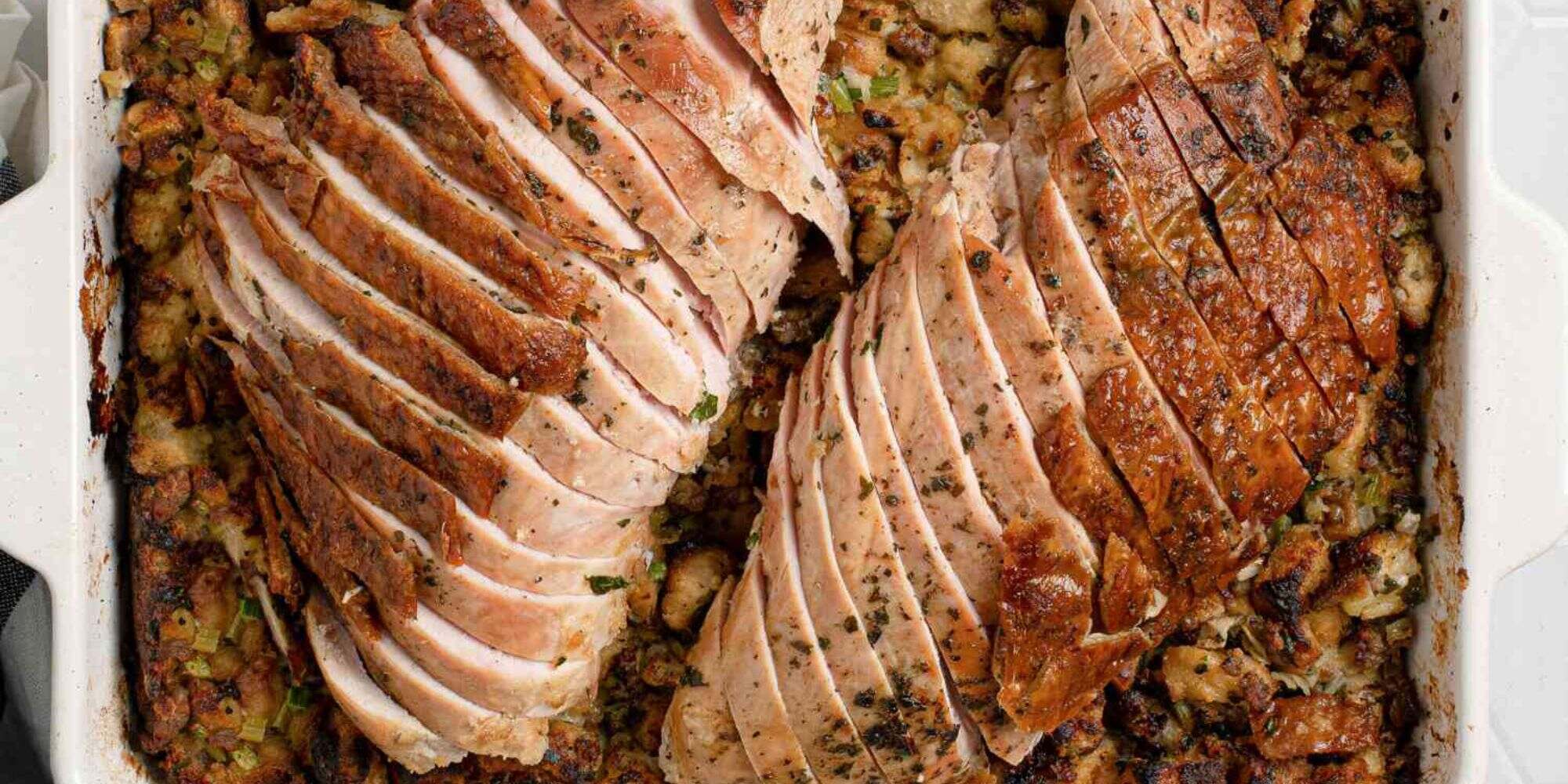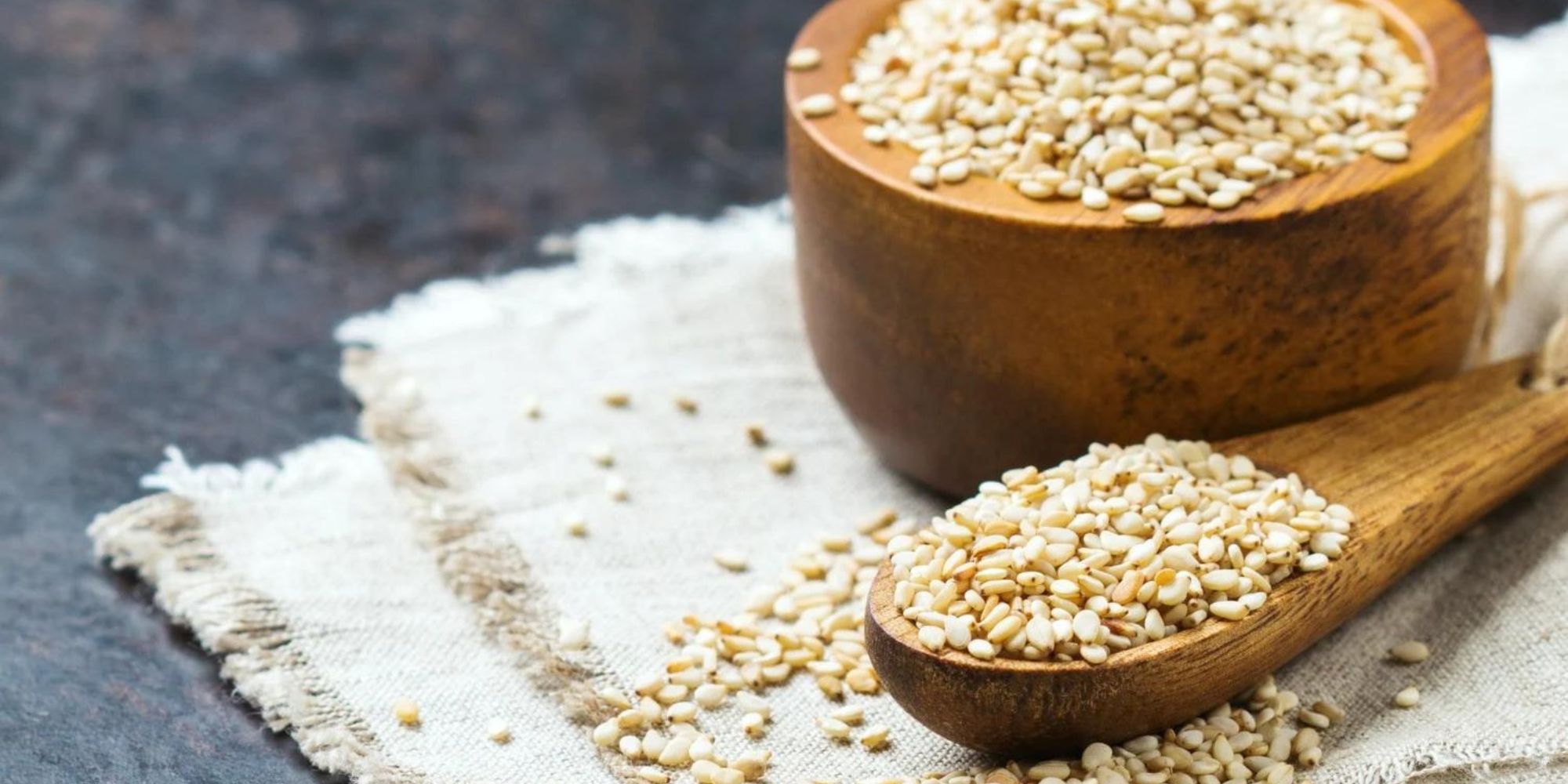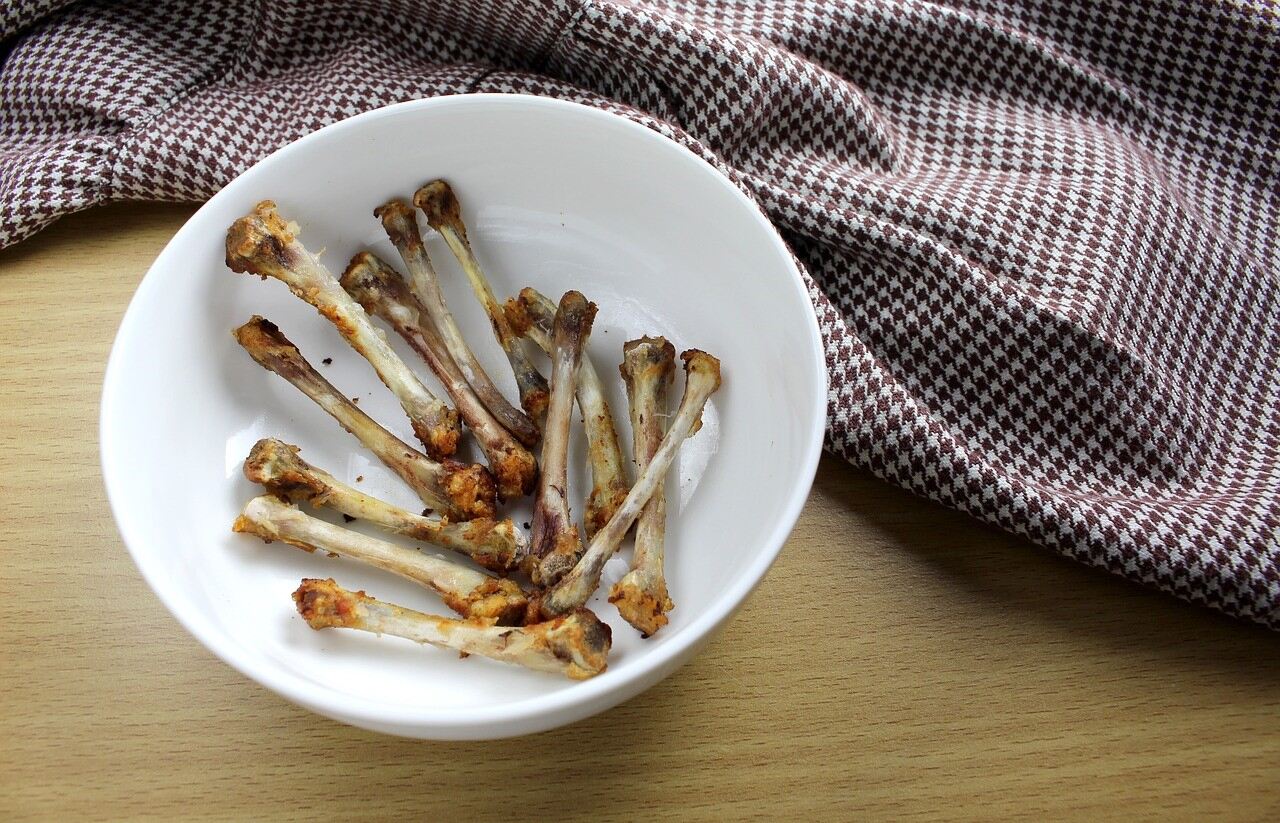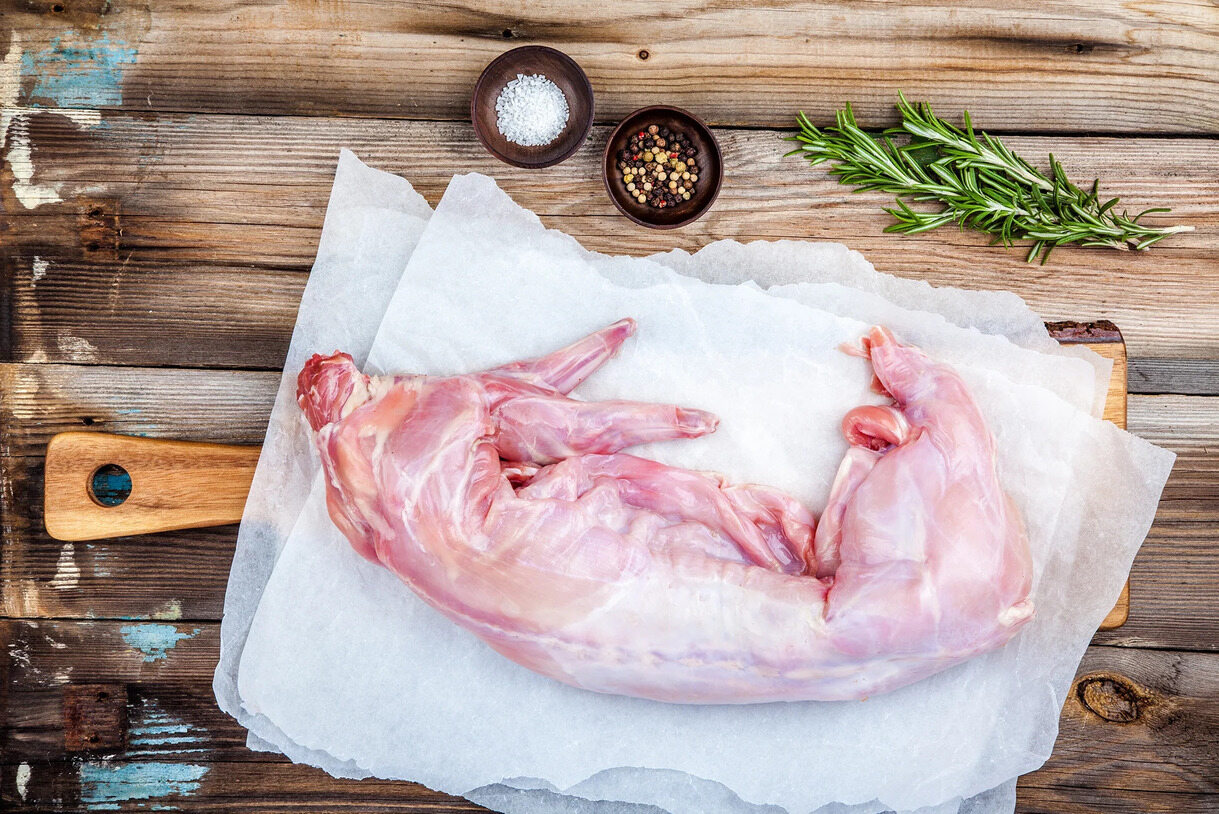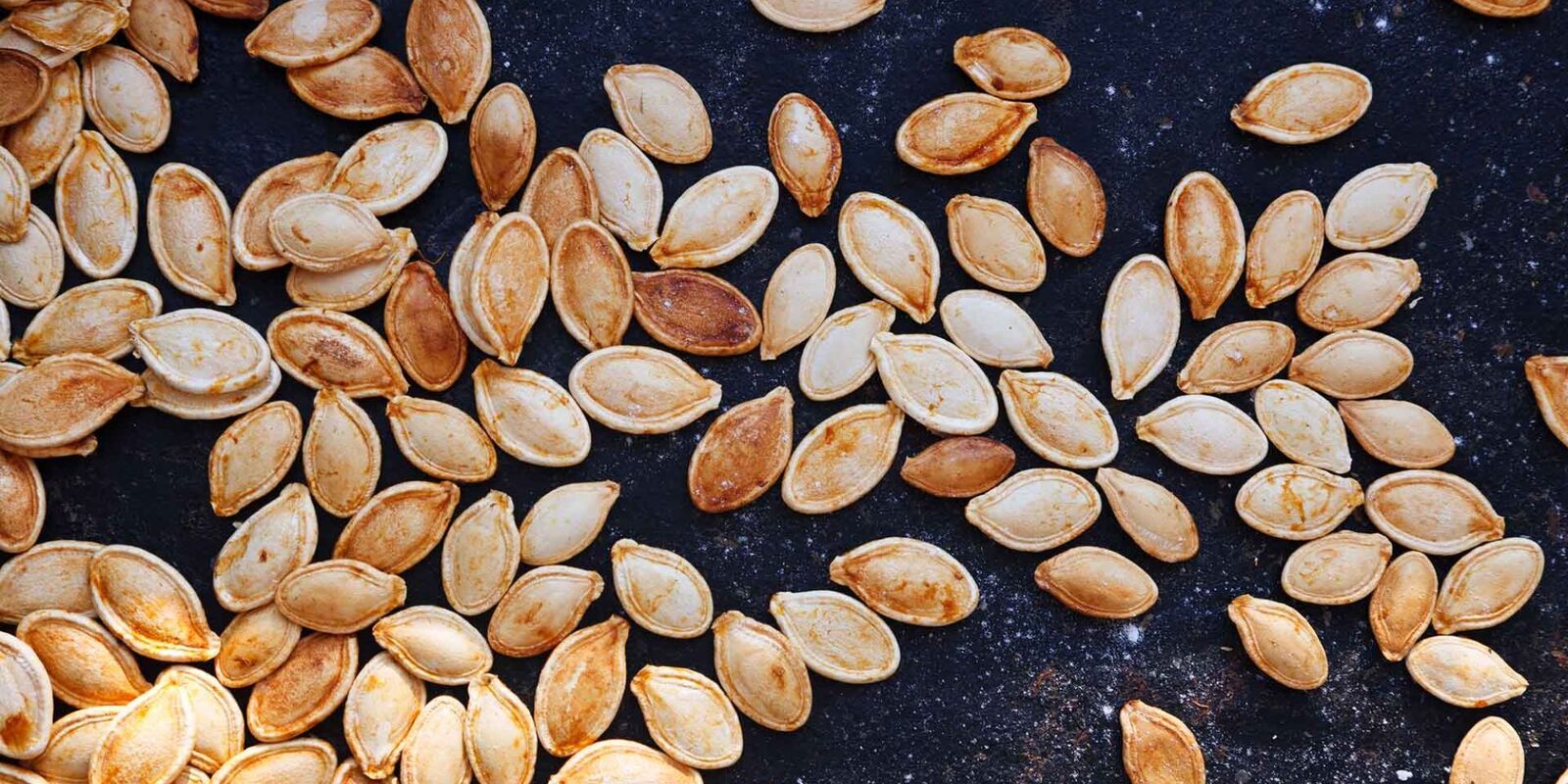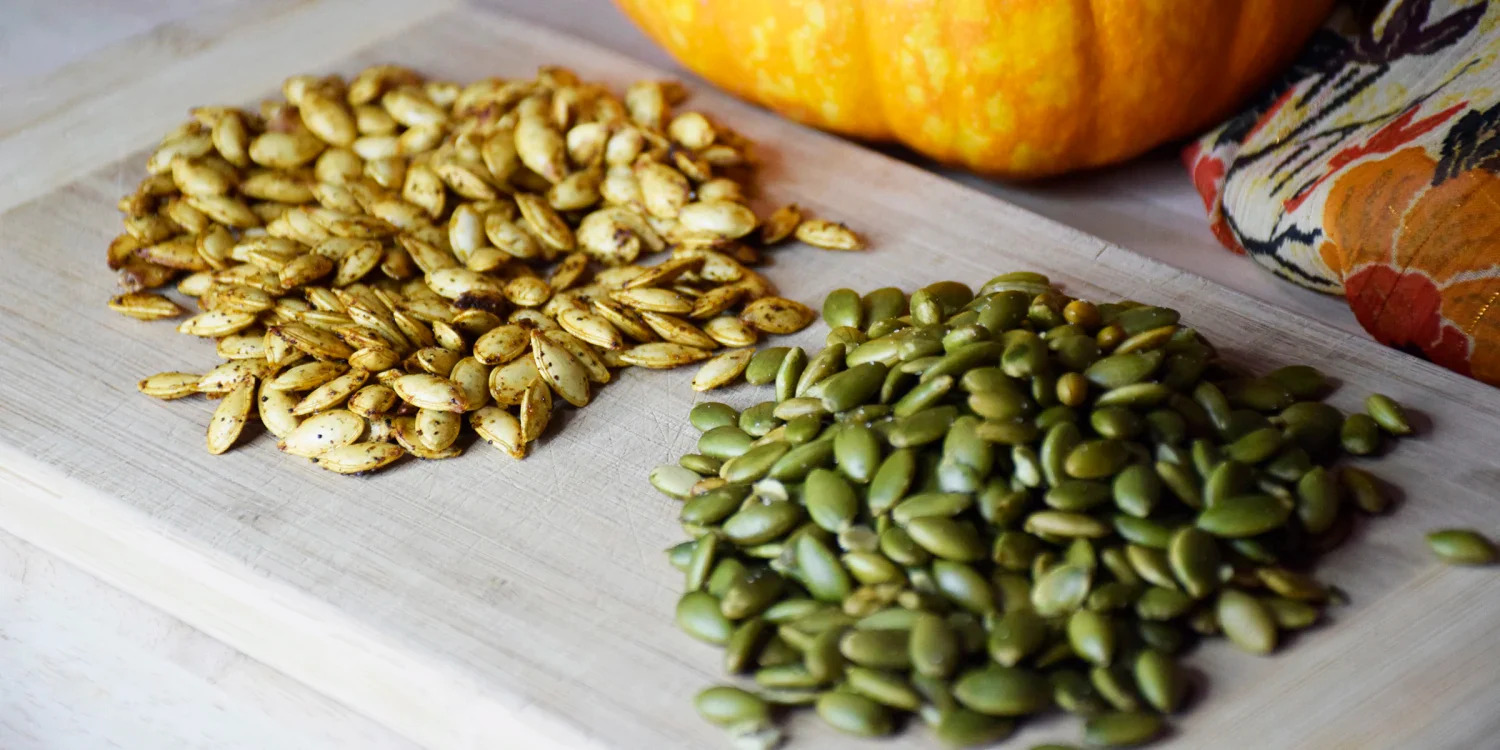Grinding rosemary transforms its needle-like leaves into a fine powder, unlocking a more intense aroma and flavor. This process, simple yet effective, allows for easier incorporation into dishes, enhancing their taste profile. Whether you're using a mortar and pestle, spice grinder, or even a rolling pin, the key lies in applying the right technique to achieve the desired consistency. Perfect for marinades, rubs, or seasoning blends, ground rosemary adds a distinctive, aromatic touch to any recipe. Let's dive into the methods to grind this herb effectively, ensuring your culinary creations are infused with its robust, piney essence.
Gathering Your Rosemary Grinding Essentials
- Fresh rosemary sprigs
- Mortar and pestle or coffee grinder
- Fine mesh sieve (optional)
- Airtight container for storage
Essential Tools for Perfectly Ground Rosemary
- Mortar and Pestle
- Ideal for grinding small amounts of rosemary to a fine powder.
- Coffee Grinder
- Perfect for larger quantities, ensuring a uniform texture.
- Spice Mill
- A good option for those who frequently grind herbs and want a dedicated tool.
- Rolling Pin
- Useful for crushing rosemary leaves when no other tools are available.
- Ziplock Bag
- Can be used in conjunction with a rolling pin to prevent mess.
- Fine Mesh Sieve
- Helps to remove larger, unground pieces for a finer result.
- Cutting Board
- Provides a stable surface for chopping rosemary before grinding, if necessary.
- Sharp Knife
- Assists in finely chopping rosemary, making it easier to grind.
Grinding rosemary intensifies its flavor. Use a mortar and pestle for best results, crushing leaves until fine. This method releases essential oils, enhancing dishes with a robust, aromatic taste.
The Art of Grinding Rosemary: Why It Matters
Grinding rosemary breaks down its fibers, releasing aromatic oils that intensify the herb's flavor and fragrance. This process transforms rosemary from a spiky, somewhat unwieldy form into a versatile powder. Chefs and home cooks alike appreciate this technique for its ability to seamlessly incorporate rosemary into a variety of dishes, enhancing their complexity and depth without the texture of whole needles.
Using a mortar and pestle or a coffee grinder specifically designated for spices allows for the fine grinding of rosemary, ensuring even distribution in recipes. This method not only maximizes the herb's culinary potential but also aids in digestion, as finely ground rosemary is easier for the body to process than whole leaves.
A Step-by-Step Guide to Grinding Rosemary
Grinding Rosemary: Step-by-Step Guide
-
Select Fresh or Dried Rosemary
- Choose fresh rosemary for a vibrant flavor or dried rosemary for a more concentrated taste.
-
Prepare the Rosemary
- For fresh rosemary, wash and completely dry the sprigs.
- Remove leaves from the stems if using fresh. Dried rosemary is typically already de-stemmed.
-
Choose Your Grinding Tool
- Options include a mortar and pestle, coffee grinder, spice mill, or a rolling pin. Each tool offers a different texture and consistency.
-
Mortar and Pestle Method
- Place rosemary leaves in the mortar.
- Firmly press and twist the pestle against the leaves, grinding them into a fine powder.
- This method works well for both fresh and dried rosemary, offering control over the texture.
-
Coffee Grinder or Spice Mill Method
- Add dried rosemary leaves to the grinder.
- Pulse in short bursts until the desired consistency is achieved.
- This method is ideal for creating a very fine powder and works best with dried rosemary.
-
Rolling Pin Method
- Place rosemary leaves between two sheets of parchment paper.
- Use the rolling pin to crush the leaves by applying firm pressure and rolling back and forth.
- Suitable for when you need a coarser grind and have no other tools available.
-
Sift the Ground Rosemary (Optional)
- Use a fine-mesh sieve to remove any large pieces or stems.
- This step ensures a uniform texture, especially important for culinary uses requiring a finer consistency.
-
Storage
- Store ground rosemary in an airtight container.
- Keep in a cool, dark place to preserve its flavor and aroma.
- Ground rosemary will maintain its quality for several months but is best used within a few weeks for optimal freshness.
Tips for Best Results
- Always start with less than you think you need. You can grind more if necessary.
- For the most aromatic results, grind your rosemary right before use.
- Experiment with the grind size; finer powders are great for dressings and sauces, while coarser grinds suit marinades and rubs.
Mastering the Art of Rosemary Grinding
Grinding rosemary isn't just about pulverizing leaves; it's about unlocking flavors that can transform your dishes. Whether you choose to use a mortar and pestle for a hands-on approach, a spice grinder for convenience, or a knife for a rough chop, each method brings out different aspects of rosemary's aromatic profile. Remember, to get the best results, always start with dry, fresh rosemary. This ensures maximum flavor and ease of grinding. Experiment with these techniques to find which best suits your culinary needs and preferences. With a little practice, you'll elevate your cooking game, infusing meals with the unmistakable, robust flavor of freshly ground rosemary. So, go ahead, give it a try and watch as this simple herb takes your dishes from good to gourmet.
More Delicious Recipes Featuring Rosemary
Now that you've mastered the art of grinding rosemary, it's time to put your skills to the test with a variety of delicious recipes that highlight this aromatic herb. Among the recommended dishes to try are Rosemary Garlic Roast Chicken Recipe, which offers a perfect balance of flavors, making it an ideal introduction to cooking with rosemary. For those seeking a more gourmet experience, the Herb-Crusted Rack of Lamb Recipe is a showstopper with its rich flavors and elegant presentation. Seafood lovers will delight in the Rosemary Lemon Grilled Salmon Recipe, where rosemary's piney essence beautifully complements the freshness of salmon. Each recipe provides a unique way to enjoy the distinct and invigorating taste of rosemary, enhancing your dishes and broadening your culinary expertise.
Everything You Wanted to Know About Grinding Rosemary
Can I grind rosemary with a coffee grinder?
Sure can! Using a coffee grinder is a quick and efficient way to get finely ground rosemary. Just make sure to clean it thoroughly before and after to avoid mixing flavors.
What's the best way to dry fresh rosemary before grinding?
Air drying is your best bet. Hang bunches of rosemary upside down in a warm, dry place out of direct sunlight. Once completely dry, usually after a week or so, you're ready to grind.
Can I use a mortar and pestle to grind rosemary?
Absolutely! A mortar and pestle allow for more control over the texture. It's perfect for when you want a coarser grind or just a small amount.
Is there a difference between fresh and dried rosemary when grinding?
Yes, there is. Dried rosemary grinds more easily and is more concentrated in flavor, making it ideal for most recipes. Fresh rosemary can be used but ensure it's thoroughly dried to avoid gumming up your grinder.
How do I store ground rosemary to keep it fresh?
Keep it in an airtight container, in a cool, dark place. This way, it'll stay fresh and flavorful for months.
Can I grind rosemary leaves without removing the stems?
It's best to remove the stems as they can be woody and hard to grind. Plus, removing them ensures you're only using the most flavorful parts of the herb.
What's the ideal texture for ground rosemary in cooking?
It depends on the recipe, but generally, a fine powder is versatile and dissolves well in dishes, offering a smooth texture and even distribution of flavor.
